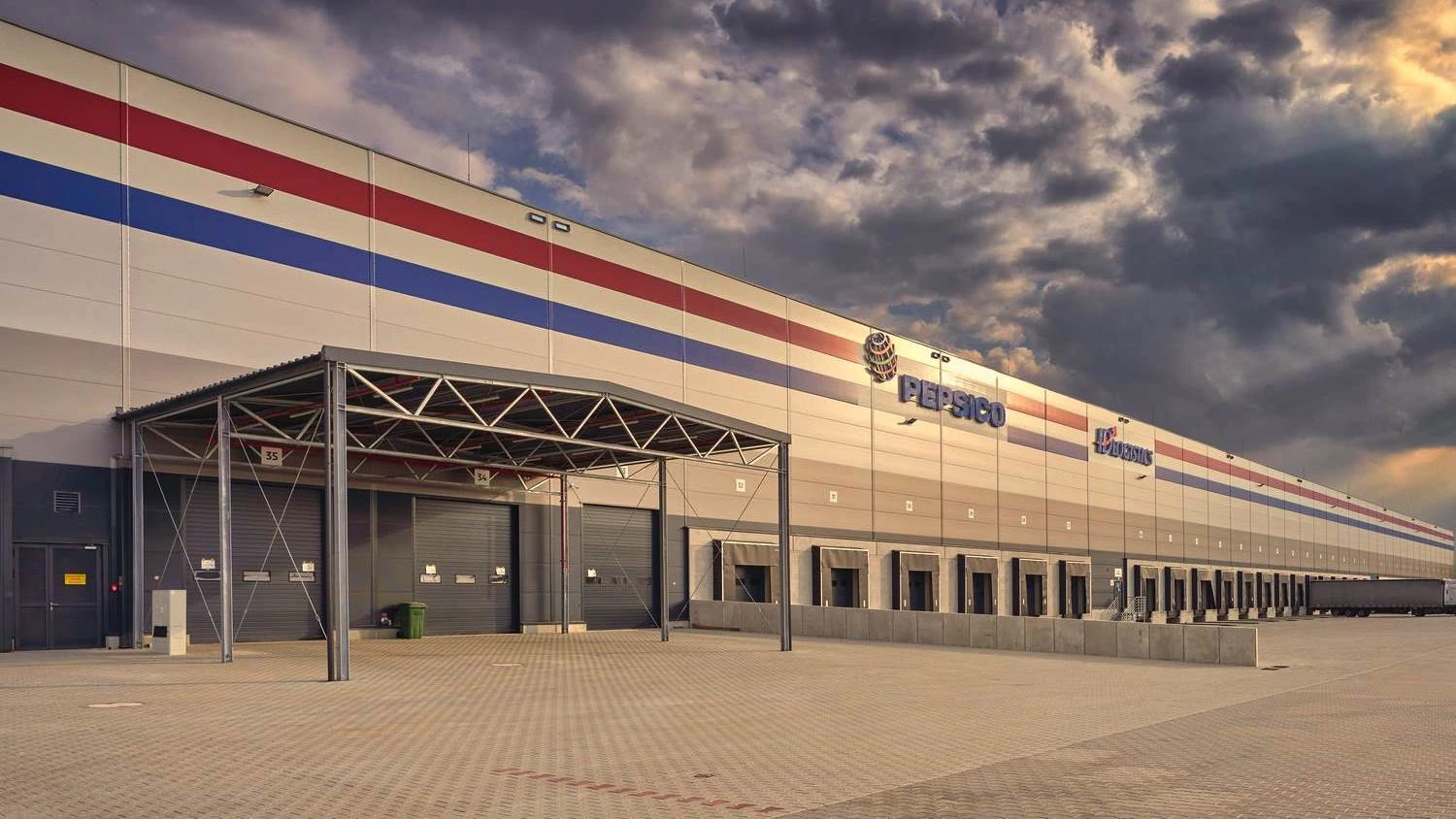
Total modern warehouse stock in Poland exceeded 20 million sqm in Q3, with a further 1.5 million sqm currently underway despite the pandemic. Occupier activity was at the second-highest level on record in Q3 2020, reaching 1.22 million sqm (+49% y/y). Overall, 3.5 million sqm has been leased since the start of the year. Investor sentiment also remains robust, as testified by a record volume of transactions signed so far in 2020. Axi Immo presented its report on the Polish warehouse market in Q3 2020.
Investments in the warehouse market in the third quarter
During the first nine months of 2020, investment transactions worth €1.9 billion were completed, with €740 million closed in Q3 alone. The Goodman CEE portfolio acquisition by the GLP Group, which closed in July following regulatory approvals, was the largest deal of Q3 (€1 billion, with 66% of assets located in Poland). In addition, Kajima Properties Europe and Savills Investment Management acquired two warehouses within Panattoni’s Central European Logistics HUB (145,000 sqm) while Elite Partners Capital bought BTS PepsiCo within P3 Mszczonów (58,500 sqm) for €30 million.
„The shift in investor demand towards warehouses is very strong. As a result, the sector accounted for 48% of total investment into Polish commercial real estate since the start of the year. Logistics and industrial assets have become a primary investment target, which gives reasons for optimism despite the constraints created by the pandemic. At the same time, more limited supply of new product may lead to compression of yields on warehouse assets in the medium to long term”, says Renata Osiecka, Managing Partner at Axi Immo.

Renata Osiecka
Managing Partner
AXI Immo
Demand for warehouses
Gross take-up reached 1.22 million sqm between July and September (+49% y/y), with Upper Silesia recording the highest level of activity (297,500 sqm), followed by Warsaw (253,000 sqm) and Lower Silesia (147,000 sqm). A total of 3.5 million sqm of modern logistics and industrial space has been leased since the start of the year, led by Warsaw (871,000 sqm), followed by Upper Silesia (689,000 sqm), Central Poland (491,000 sqm), Poznań (373,000 sqm) and Lower Silesia (325,000 sqm).
Logistics firms accounted for the highest share of take-up in the last three quarters (32.9%), followed by retail chains (16.3%), e-commerce (12.3%), production firms (7.8%) and the electronics/white goods sector (7.5%).
The supply of modern warehouse space has exceeded 20 million sqm
Development activity reached 641k sqm between July and September (-36.3% y/y), allowing total stock to break through the 20 million sqm barrier. The size of the Polish warehouse market now stands at 20.2 million sqm, which marks a 12.6% y/y increase. The largest amount of space was delivered in the first nine months of 2020 in the Warsaw region (419,000 sqm), followed by Upper Silesia (414,000 sqm) and Lower Silesia (316,000 sqm). There is currently 1.56 million sqm of logistics and industrial space underway nationwide (-15.5% y/y), of which 373,000 sqm is in Upper Silesia and 343,000 sqm in Warsaw. The third highest pipeline is currently in the Western Poland market, due to the start of construction on the 200,000 sqm BTS facility for a large e-commerce player in Q3 in Świebodzin. The largest schemes delivered to the market in Q3 2020 are Hillwood Oleśnica (52,975 sqm), Panattoni Bielsko-Biała III (41,798 sqm), Panattoni Sosnowiec II (30,000 sqm), Hillwood Gliwice Sośnica (27,792 sqm), Panattoni Gdańsk South II (26,431 sqm) and an extension of MLP Pruszków II (26,220 sqm).
„The COVID-19 pandemic contributed to a drop in the number of speculative development projects. Developers are more cautious compared to previous quarters due to an uncertain market situation as well as tighter financing conditions, including a requirement by banks to pre-let approx. 50% of a planned scheme. As a result, the share of space built on a speculative basis fell as the end of September to 26.3%, from almost 50% at the end of 2019” says Anna Głowacz, Head of Industrial and Logistics Agency, Axi Immo.
What about rents?
The vacancy rate increased to 8% at the end of Q3 2020 (+150 bps y/y). The highest availability of space in relation to the size of the market was recorded in Upper Silesia (10.3%) and Central Poland (9.3%) and the lowest – in Szczecin (0.6%) and Eastern Poland (1.1%). Availability increased as a result of the completion of a number of speculative development projects that commenced at the beginning of the year.
This has had a limited impact on rents, with the majority of markets seeing stable rental levels. The average headline rents in big box schemes ranged between €3.2 and €3.6 /sqm/month, while effective rents, which reflect incentives offered by developers, remained approx.. 20-30% lower, at €2.4 – 2.7 /sqm/month.
Forecasts for the warehouse real estate market
„We expect a significant increase in short-term leases, pre-lets and BTS contracts in the last three months of 2020. This should ensure that 2020 is a record year in terms of leased warehouse space, ahead of 4 million sqm recorded in 2019. Demand will be generated predominantly by FMCG and e-commerce players. Higher take-up will be combined with lower supply on the back of limited availability of financing for speculative schemes. This will result in a lower vacancy in the medium to long term, which should, in turn, generate upward pressure on rents, especially for last-mile projects in large cities” summarises Anna Głowacz.



